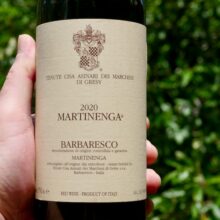
Product information
Marchesi di Grésy Barbaresco ‘Martinenga’ 2020
$235
Description
The 2020 Martinenga is a fabulous introduction to the Cru, tasting a range of wines from 2013 to 2021 in one sitting highlighted just how high the base level quality is across the range from Marchesi di Gresy. 2020 is drinking beautifully out of the gate, taste alone, with food and 24 hours later it shone at each stage. The 2020 has an immediate approachability, plush fine and just delicious with elegance and perfume to match. Absolute pleasure to watch this blossom over a couple of days. Delicious drinking.
Paul Kaan, Wine Decoded Jan 2025
One of the appellation’s classic wines, the Tenute Cisa Asinari dei Marchesi di Gresy 2020 Barbaresco Martinenga delivers a soft entry to the palate with subtle cherry and sweet raspberry. Those fruit tones are laced with dusty mineral and white licorice. The wine delivers medium-weight texture, but the finish remains long and polished over time. The tannins will soften with a few more years of bottle age. This is a production of 24,047 bottles hitting the market in fall 2023.
Monica Larner, The Wine Advocate 94+
The 2020 Barbaresco Martinenga is superb. Bright, rich and expansive, the 2020 impresses with its energy and cut. Red-toned fruit, blood orange, rose petal and cinnamon are all beautifully delineated. This gracious, mid-weight Barbaresco delivers the goods. The 2020 spent a year in barrel, 30% new, and another year in cask. This is an especially fine edition for the Martinenga.
Antonio Galloni, Vinous 93 Points
Only 1 left in stock
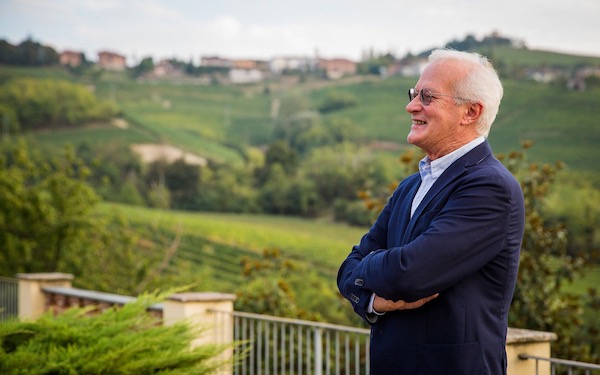
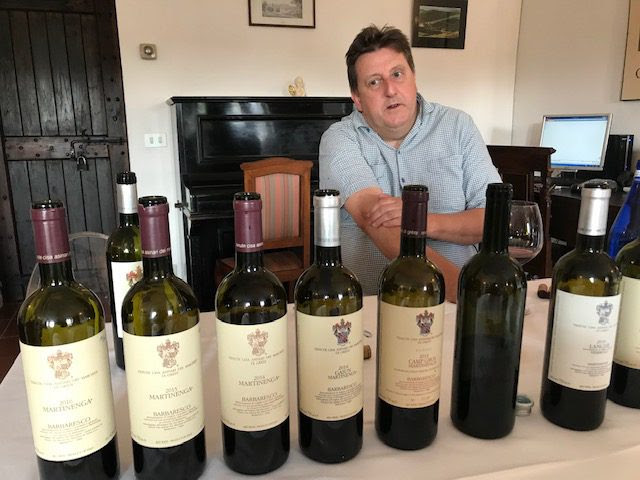
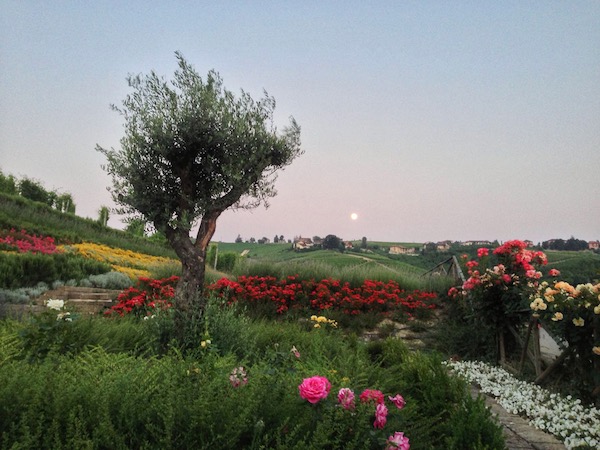
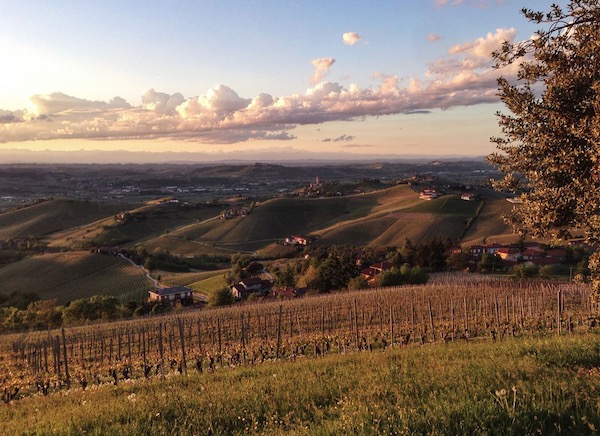
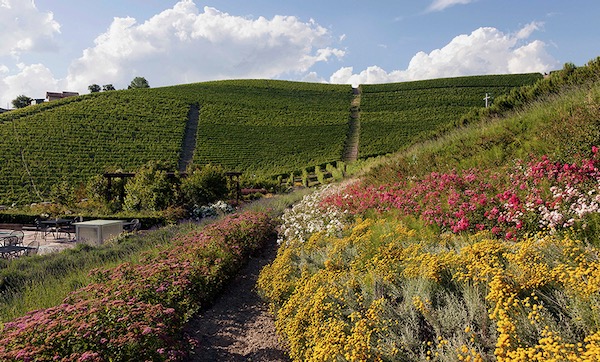
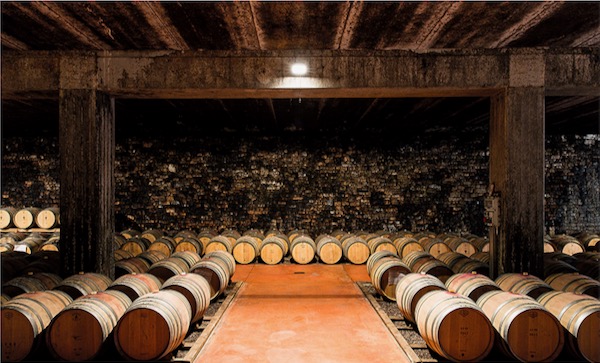
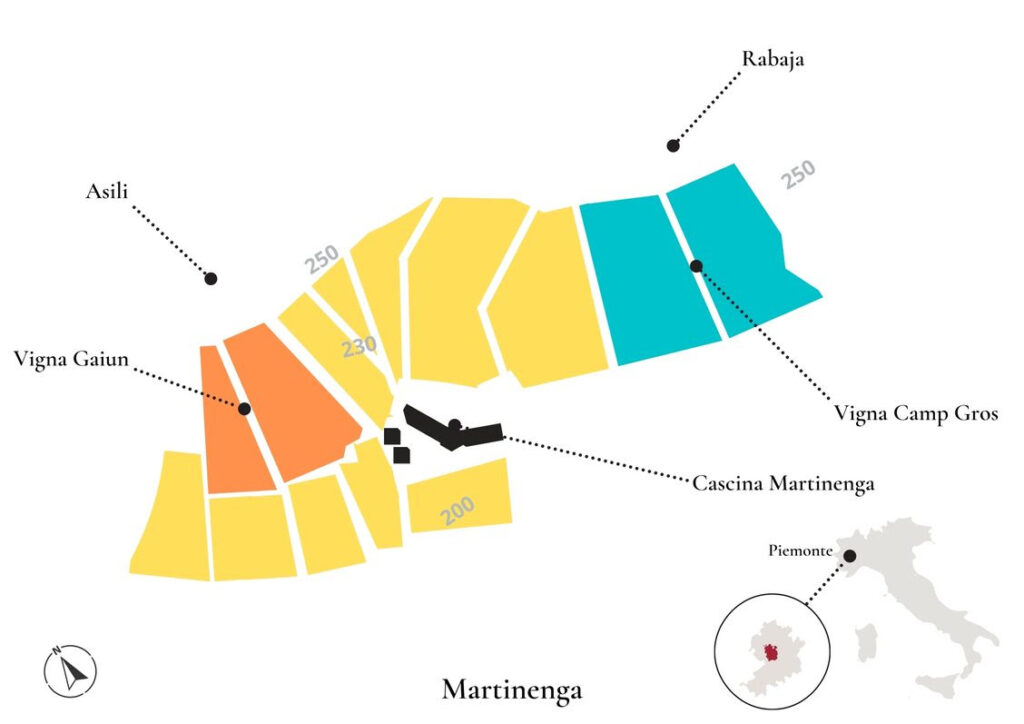
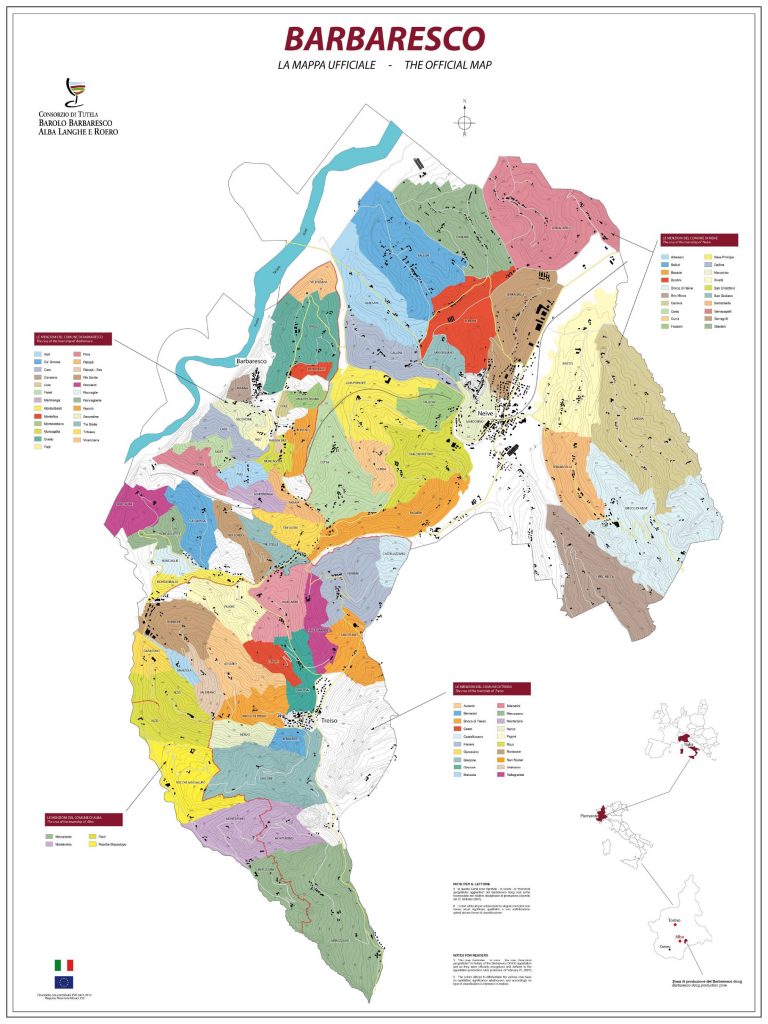
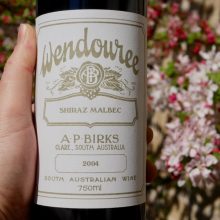
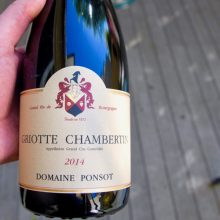
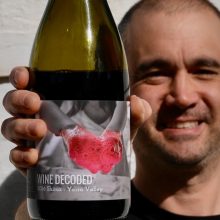
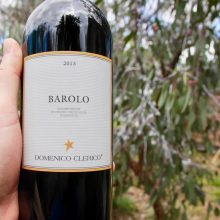
You must be logged in to post a comment.